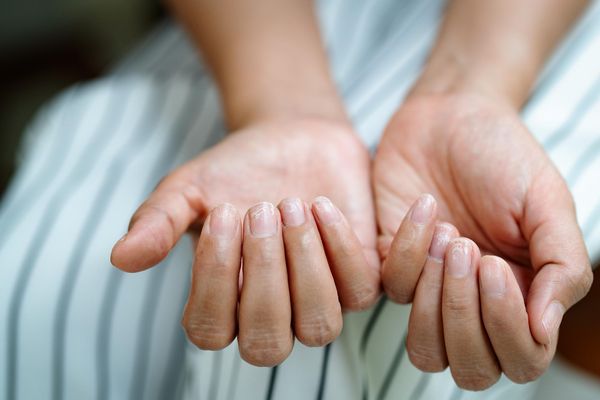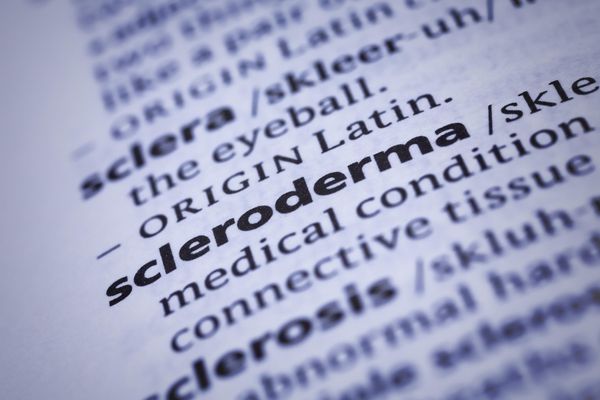Q:
How is scleroderma diagnosed?
A:
Because scleroderma's symptoms vary in severity and type, it may be hard to get a definitive, positive diagnosis in the early stages of the disease. Consult a physician if you have any of the following symptoms, but remember that none of these necessarily mean you have scleroderma: pitted scars on the fingertips; thickening or hardening of the skin (either in small patches or over larger portions of the face, hands and feet); fingertip ulcerations (sores); Raynaud's phenomenon; swelling and thickening of the skin on the hands and feet; pain and stiffness of the joints; joint contractures; digestive system and gastrointestinal tract problems, especially heartburn, and problems with food getting stuck in the esophagus on the way to the stomach; dry mucus membranes; kidney, heart and lung problems; nonspecific symptoms such as extreme fatigue, generalized weakness, weight loss and vague aching of muscles, joints and bones; and shortness of breath with lung X-rays showing fibrosis.
Another factor making diagnosis difficult is that many of these symptoms are common to other diseases, especially other connective-tissue diseases such as rheumatoid arthritis, lupus and polymyositis (muscle inflammation).
In addition to the symptoms and physical changes apparent on examination, your physician may look at blood tests measuring autoantibodies (such as the antinuclear antibody test), along with the nailfold capillary test. Based on the observation that small capillaries in the hands may be dilated or disappear early on in scleroderma patients, the test involves taking a microscopic look at skin under the fingernail, to see if capillaries look normal.
Remember that the results from one test alone cannot conclusively determine whether you have scleroderma. It may take a team of health care professionals to analyze various test results. They will probably also need to look at your complete medical history before making a definitive diagnosis.
Read more:
What is scleroderma?
What causes scleroderma?
How is scleroderma treated?
What special precautions do I need to take if I have scleroderma and want to have a baby?
How can I prevent scleroderma?







